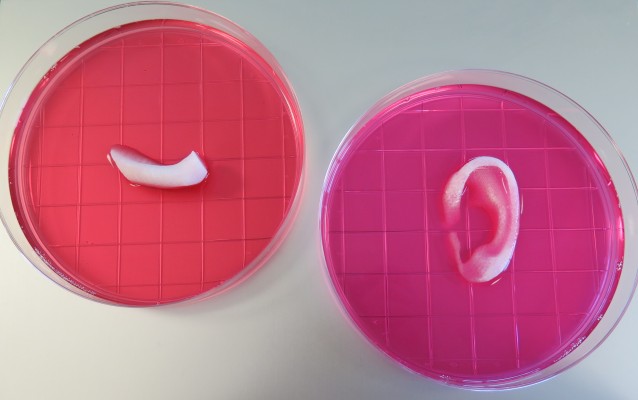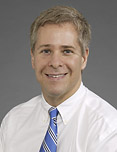By Staff
According to a press release sent out Wednesday, the board of directors of Reynolds American Inc. has elected Susan M. Cameron as President and Chief Executive Officer, effective May 1. She will also remain a member of the RAI board of directors. Cameron served as President, CEO and a member of the RAI board from 2004 to 2011. She also served as chairman of the board of RAI between 2006 and 2010. In 2011, she retired from the company and the board. She rejoined RAI’s board of directors in December 2013.
Cameron replaces Daniel M. Delen, who has chosen to retire and resign from the RAI board. Delen has served as President and CEO of RAI since 2011. Delen will continue to consult with the company for two years to ensure a smooth transition and provide strategic insights and other services to management.
“Susan’s 30 years of experience with our companies and her previous service in this role make her an exemplary choice for this key leadership position,” said Thomas C. Wajnert, nonexecutive Chairman of RAI’s board of directors. “Susan was the architect of RAI’s ‘total tobacco’ strategic direction more than 10 years ago, and we’re pleased to have her back with the company to further our vision of transforming tobacco,” Wajnert said.
“Under Dan Delen’s leadership, RAI and its operating companies have demonstrated that their strategic plans to transform tobacco are sound, and their ability to operationally deliver against those strategies is excellent. On behalf of the board and RAI’s shareholders, I thank him for his leadership and his commitment to providing outstanding returns to our investors. We wish him nothing but the best in his future endeavors,” Wajnert said.
“I’m excited about returning to RAI,” Cameron said. “Dan has provided tremendous leadership over the last three years, and as a result, RAI and its operating companies are foundationally very strong. Being back on the board of directors for the last five months gave me the opportunity to dive back into the businesses. RAI’s strategic mission to transform the tobacco industry is a fascinating journey. I’m looking forward to the opportunity to not just advance, but accelerate, that momentum as CEO,” she said.
“I am confident that RAI and its operating companies will continue to reach new levels of success – both commercially and in their influence on the future of the tobacco industry,” Delen said. “After 25 years in this industry, I have the opportunity to pursue new interests, and I will do so knowing that the RAI companies and their employees are in the best possible hands to see that journey through,” he said.












